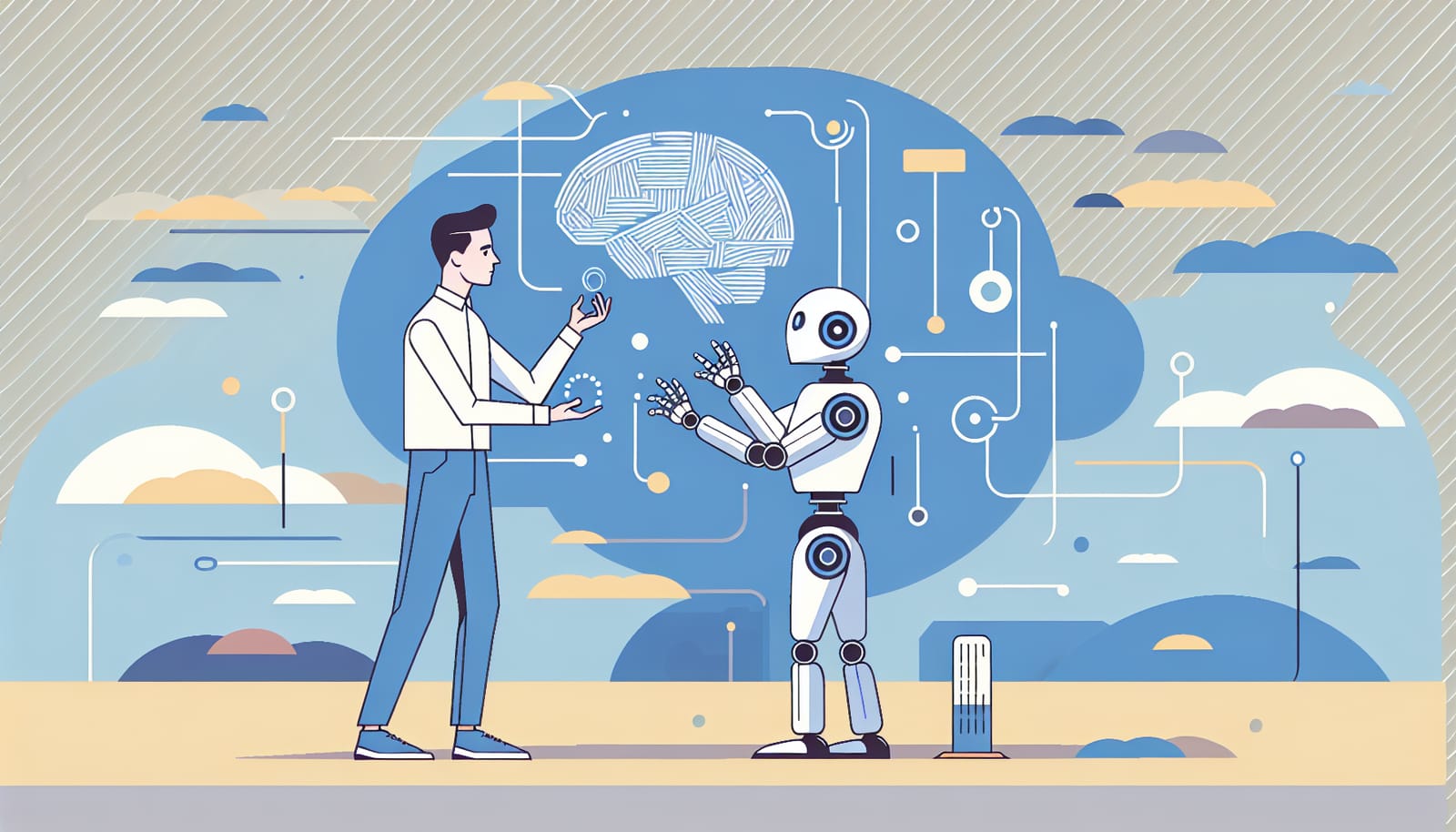Storytelling is one of the oldest forms of communication known to humanity. From campfire tales shared by ancient tribes to the digital stories we encounter today, storytelling has always been a way to connect with others, convey lessons, and spark imaginations. As technology evolves, artificial intelligence (AI) is increasingly stepping into various roles, including that of a storyteller. But can AI ever replace the genuine joy of human storytelling? Let’s dive into this fascinating topic!
The Heart of Storytelling
At its core, storytelling is about sharing experiences, emotions, and ideas. It involves creativity, empathy, and a deep understanding of human nature. When a storyteller shares a tale, they weave in their unique perspective, cultural background, and personal experiences. This human touch is what makes stories resonate with listeners.
Imagine sitting around a campfire, listening to an elder recount tales of bravery, love, and loss. The way they express emotion, use gestures, and connect with their audience transforms a simple story into an unforgettable experience. This is something AI struggles to replicate.
The Role of Emotion in Storytelling
One of the most powerful aspects of storytelling is its emotional element. Stories can make us laugh, cry, feel scared, or inspired. This emotional connection is built on shared experiences and understanding, something that AI lacks.
AI can analyze data and generate text, but it does not experience emotions. It doesn’t know what it feels like to fall in love or to lose someone dear. Consequently, while AI can produce stories, they often lack the depth and emotional richness found in tales told by humans.
When you read a book or listen to a story, you often find yourself reflecting on your own experiences. That moment of connection is what makes storytelling a cherished human activity.
The Nuances of Culture and Context
Another critical element of storytelling is culture. Every culture has its own unique stories, traditions, and ways of expressing ideas. These narratives are influenced by history, geography, and societal values.
AI, while trained on vast amounts of data, struggles to fully grasp the nuances of different cultures. It can generate content based on patterns and information but doesn’t understand the cultural significance or context behind a story. This is where human storytellers shine. They are deeply rooted in their culture and can express those intricate details that make a story truly special.
The Power of Imagination
Imagination is a uniquely human trait. When we tell stories, we often embellish details, create fantastical worlds, and explore ideas that defy reality. This imaginative aspect of storytelling allows us to escape, dream, and envision possibilities beyond our current situation.
While AI can generate fictional narratives, it lacks the ability to dream or imagine in the same way humans do. It relies on existing data and patterns, which limits its creativity. Human storytellers can take risks with their narratives, creating unexpected twists and turns that keep audiences on the edge of their seats.
The Importance of Connection
One of the most beautiful aspects of storytelling is the connection it fosters. When people share stories, they bond over shared experiences and feelings. This connection can be felt in a room full of listeners, all captivated by the same tale.
AI-generated stories, however, often feel more like a product than a shared experience. They may lack the warmth and sense of community that come from live storytelling sessions, where audience engagement plays a crucial role. The laughter, gasps, and applause of an audience create a shared moment that AI cannot replicate.
The Future of Storytelling
So, where does AI fit into the world of storytelling? Rather than replacing human storytellers, AI can serve as a tool to enhance the storytelling process. Writers can use AI to brainstorm ideas, generate plot outlines, or even develop characters. This collaboration between humans and AI can lead to innovative storytelling experiences.
AI can also help preserve stories. For instance, it can transcribe oral histories, ensuring that the tales of elders are not lost to time. By using AI to document and share stories, we can keep cultural narratives alive for future generations.
Embracing Both AI and Human Storytelling
The key takeaway here is that AI and human storytelling can coexist and complement each other. While AI can assist in various aspects of storytelling, it cannot replace the heart, soul, and emotional depth that human storytellers bring to their craft.
As we move forward into the future, we should embrace the potential of AI while also cherishing the timeless art of human storytelling. By doing so, we can create a rich tapestry of narratives that honor our past and inspire future generations.
In conclusion, storytelling is a deeply human activity that thrives on emotion, culture, imagination, and connection. While AI can generate stories and assist writers, it cannot replicate the joy and essence of human storytelling. So the next time you gather around a campfire, remember the magic of those shared tales, and appreciate the unique gift that storytelling truly is.
Let’s continue to celebrate and nurture the art of storytelling—after all, it is through our stories that we share our humanity with the world.


